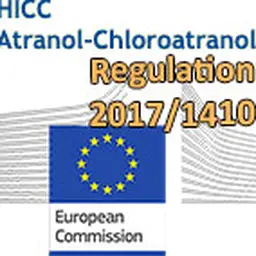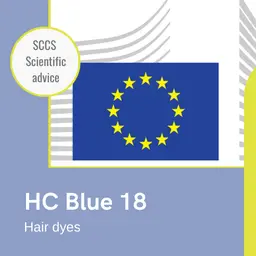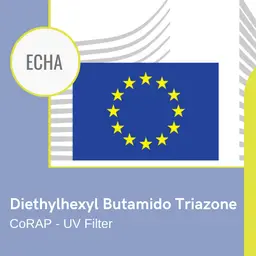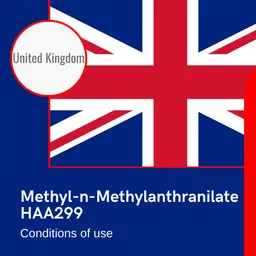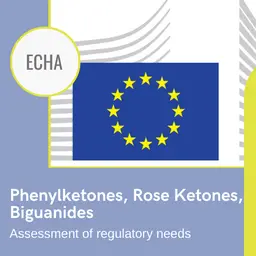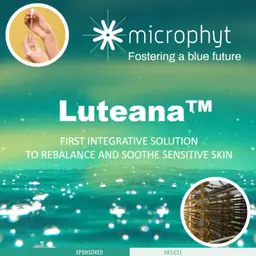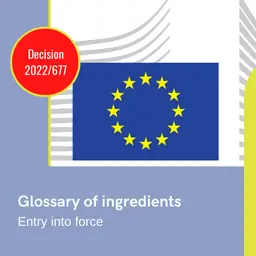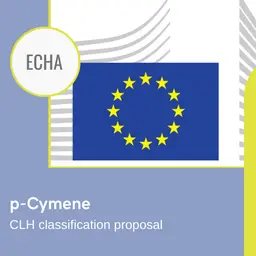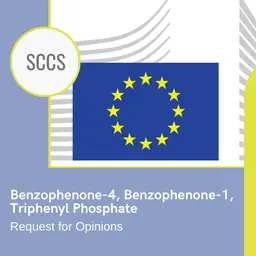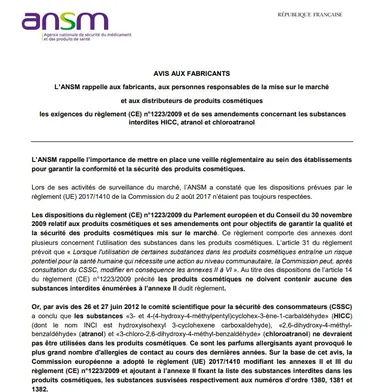
In a “Notice to Manufacturers”, French ANSM reminds manufacturers, Responsible Persons for placing cosmetic products on the market and distributors of cosmetic products of the requirements of Regulation (EC) No.1223/2009 and its amendments concerning the prohibited substances HICC (Hydroxyisohexyl 3-Cyclohexene Carboxaldehyde), Atranol and Chloroatranol. During its market surveillance activities, the Agency found that the provisions of Commission Regulation (EU) 2017/1410 of 2 August 2017 were not always complied with.
The provisions of Regulation (EC) No.1223/2009 of the European Parliament and of the Council of 30 November 2009 on cosmetic products and its amendments aim to ensure the quality and safety of cosmetic products placed on the market, ANSM reminds manufacturers in this notice.
This Regulation includes annexes, several of which concern the use of substances in cosmetic products. Article 31 of the Regulation provides that Where there is a potential risk to human health, arising from the use of substances in cosmetic products, which needs to be addressed on a Community-wide basis, the Commission may, after consulting the SCCS, amend Annexes II to VI accordingly.” Under the provisions of Article 14 of Regulation (EC) No.1223/2009, cosmetic products must not contain any of the prohibited substances listed in Annex II to that Regulation.
Reminder of prohibition dates
By Opinion of 26 and 27 June 2012, the Scientific Committee on Consumer Safety (SCCS) concluded that the substances “3- and 4-(4-hydroxy-4-methylpentyl)cyclohex-3-ene-1-carbaldehyde” (HICC), whose INCI name is Hydroxyisohexyl 3-Cyclohexene Carboxaldehyde, “2,6-dihydroxy-4-methylbenzaldehyde” (Atranol) and “3-chloro-2,6-dihydroxy-4-methylbenzaldehyde” (Chloroatranol) should not be used in cosmetic products. These are the allergenic fragrances that have caused the highest number of contact allergies in recent years. On the basis of …

